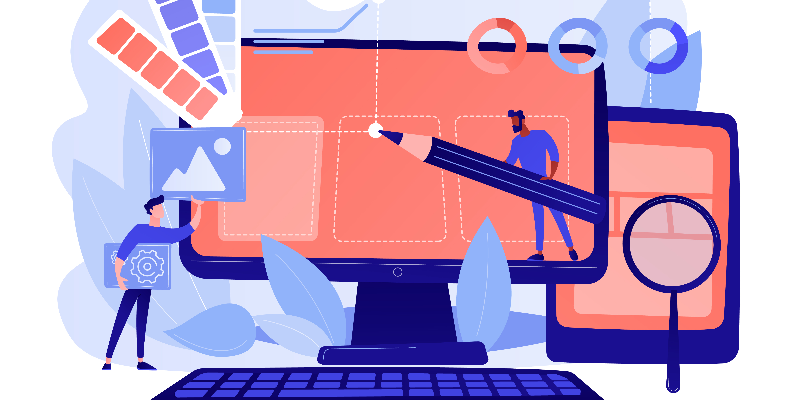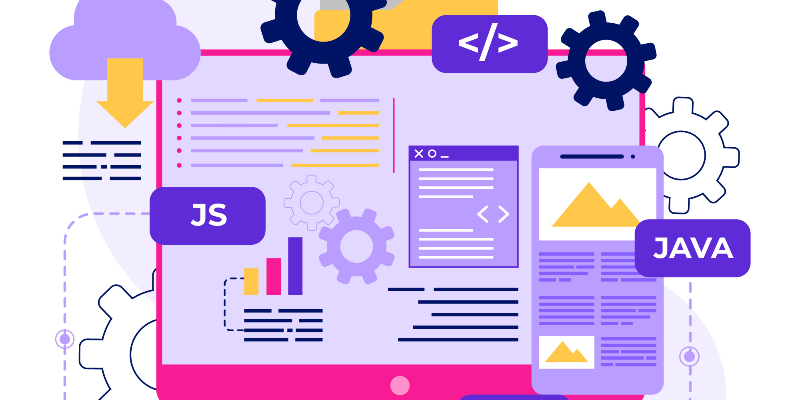

In today’s digital-first world, having a well-structured, functional website is essential for any
business looking to establish an online presence. Whether you're launching a new web app or
revamping an existing site, understanding the web development process steps is critical. A
successful website doesn’t happen by chance—it’s the result of careful planning, thoughtful
design, thorough testing, and continuous iteration.
This guide outlines what is the web development process, explains each step in detail, and provides insights into how a web development company in Bangalore can bring your project to life.
The website development process refers to the comprehensive roadmap used by developers, designers, and project managers to plan, build, and launch a web application or website. It typically includes several phases, each with specific tasks, goals, and deliverables.
The web development process steps help ensure that your site is user-friendly, secure, visually appealing, and aligned with your business objectives. By understanding the step-by-step process, you can collaborate more effectively with your development team and minimize costly revisions.

Let’s explain the website development process phases and what you should expect at each stage:
The first step in any successful website project is planning design. This involves gathering client requirements, defining the target audience, conducting competitor analysis, and setting clear project goals.
The development team may conduct stakeholder interviews or user surveys to understand your business needs and user expectations. The output is typically a detailed project brief and a timeline.
Wireframes act as the blueprints for your web pages. During this phase, UX/UI designers create a basic layout of the site structure, illustrating how content will be arranged.
A well-planned user interface enhances user experience, reduces friction, and guides visitors intuitively through your website development process.
With wireframes approved, designers move on to full-scale design mockups. They include branding materials, typography, color, and imagery to build a consistent visual identity.
This stage bridges aesthetics and usability to ensure your website not only looks good but is also functional. Collaboration between clients and designers is crucial to finalize the web design.
Front-end development focuses on coding the visual parts of your website using HTML CSS, JavaScript, and frameworks like React or Angular. It ensures that your design comes to life in the browser.
This phase involves collaboration between designers and full-stack development teams to make sure the website is interactive, responsive, and accessible.
While front-end manages what people see, back-end development drives your website's logic and databases. It involves server-side scripting, database integration, and API connectivity.
Back-end developers ensure the web applications can retrieve and store data, handle user logins, and process forms.
Your site needs relevant, well-structured content to engage users and improve search engine visibility. This stage involves uploading text, images, and videos while maintaining SEO best practices.
If you have a CMS like WordPress, content can be managed easily with drag-and-drop editors.
No website should go live without thorough quality assurance testing. This includes performance tests, device/browser compatibility checks, and functionality reviews.
This helps to ensure that your website provides a consistent user experience regardless of what platform is being used.
After rigorous testing and final approvals, your website is ready for launch. Deployment involves transferring files to the web hosting server, setting up domain settings, and ensuring everything functions as expected.
Post-launch, the site is monitored for any glitches or performance issues.
Even after launch, the process isn’t over. Regular updates, content refreshes, security patches, and performance improvements are necessary to maintain a successful website.
Ongoing development projects may involve adding new features, redesigns, or optimizing site speed and SEO performance.

By understanding what is the web development process, you benefit from a more organized, efficient workflow that minimizes delays and cost overruns.
Partnering with a web development company offers several advantages. The city is a global tech hub known for talented developers, innovative digital agencies, and cost-effective solutions.
To summarize, if you’re planning a new website or revamping an existing one, it’s essential to understand the web development process steps. From planning and design to development and launch, each step plays a vital role in ensuring your site delivers on performance, aesthetics, and functionality.
By learning to explain website development process, businesses can make more informed decisions, reduce risk, and achieve better digital outcomes.
And if you’re still asking, “What is the web development process?”, it’s the foundation of building a user-focused, responsive, and scalable digital product. Partner with skilled professionals to bring your vision to life—and remember, a successful website starts with a solid process.